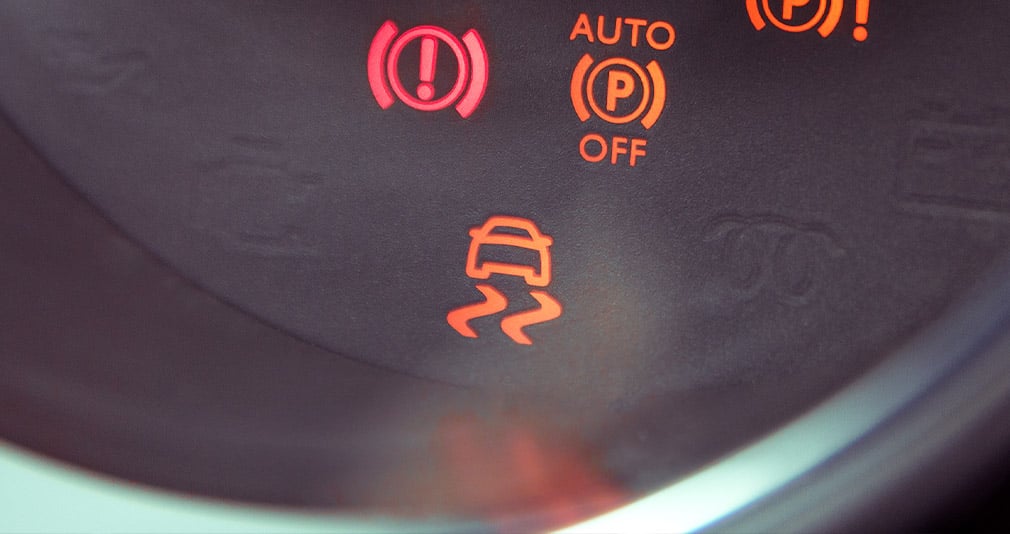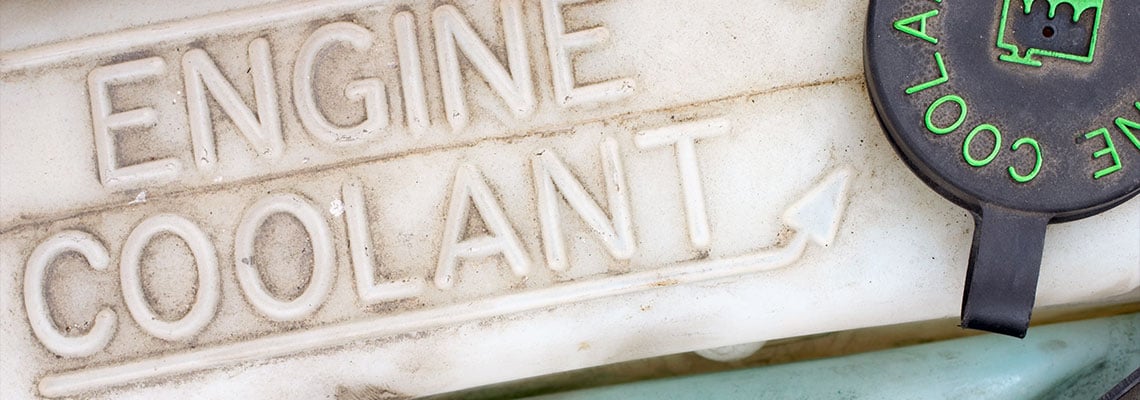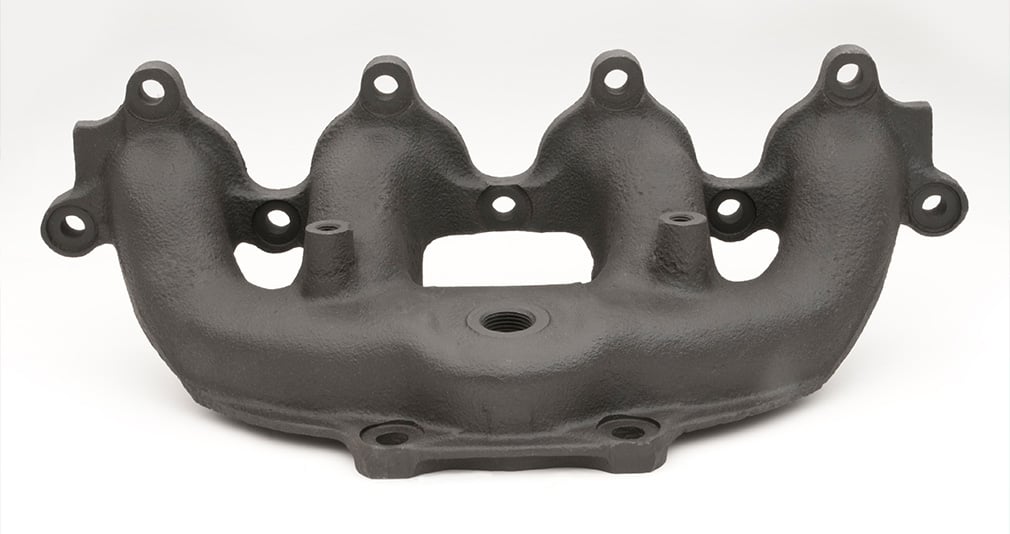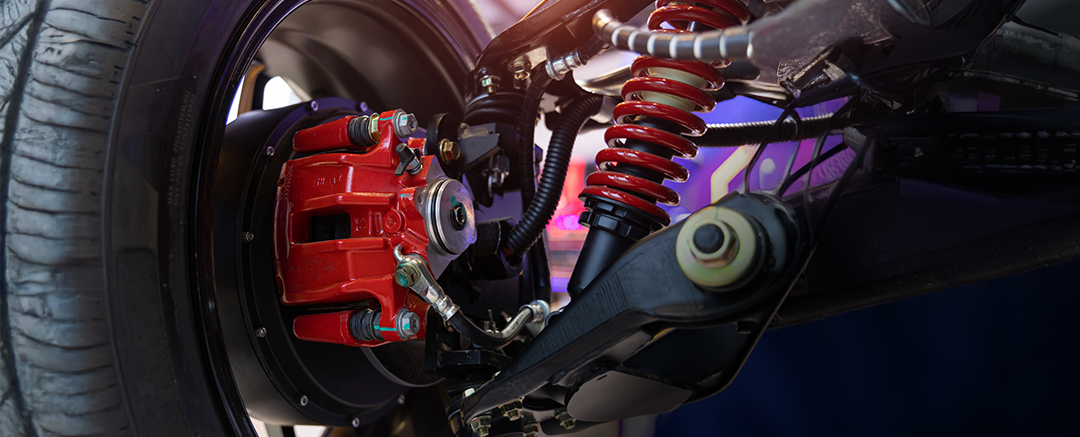Your car’s suspension system is responsible for keeping your driving experience smooth and comfortable — and when there’s something wrong, you’ll know. If your ride has gotten a little too bumpy, it could be time to have the ball joints serviced. Learn about the basics of ball joints, the six signs of when ball joints go bad and what you can do to have them fixed.
What’s a Ball Joint?
Just like the ball-in-socket joint that connects your own leg to your hip bone, a car’s ball joint connects the wheels and tires to the rest of the suspension system using a part called a control arm. Without them, the tires wouldn’t be able to move when you turn the steering wheel.
The ball joint allows the tires to move up, down, left and right. They also work as part of the suspension system to keep your driving experience smooth and stable, even across uneven terrain.
The ball joint is housed inside a steel casing that’s filled with lubricating grease. It’s also covered by a rubber boot to prevent dust and debris from getting inside. Depending on the make and model of your vehicle, you might have both upper and lower ball joints.
Modern ball joints are sealed, which means they can’t be serviced; if there’s an issue you’ll most likely need to have the part replaced. Plus, if one ball joint is damaged, you should have the other one replaced at the same time so you aren’t dealing with a similar problem only a short time later.

Symptoms of Bad Ball Joints
Most modern cars have ball joints that are made to last the life of your car, but damage and wear and tear can cause them to stop working properly. This is especially true for cars that are driven regularly on bumpy or unmaintained roads, and cars that are used in constant, stop-and-go city traffic.
If that’s the case for you, have the ball joints inspected during oil changes to keep an eye on them and their performance.
Bad ball joints aren’t just a nuisance — they can compromise your steering ability and make it dangerous to drive. Look out for these signs that something’s wrong:
- Clunking noises. A worn ball joint will begin to rattle inside its housing, which causes a metallic clunking sound whenever the suspension moves up and down over bumpy or uneven roads.
- Squeaking. If the rubber boot that contains and protects the grease becomes damaged, you’ll begin to hear a squeaking sound when you turn. This is due to the joint losing the lubrication that normally keeps it quiet and smooth.
- Vibrations. Loose or worn ball joints will cause excessive vibration. You’ll feel the steering wheel or the vehicle’s body shake.
- Pulling to the side when driving. A loose ball joint will affect the car’s alignment, causing it to pull to the right or left as you’re driving.
- Loose or shaky steering. Bad ball joints can cause a car to feel shaky and unstable. This symptom is especially worrisome because it can cause drivers to feel like they don’t have control over their vehicle, possibly resulting in accidents.
- Uneven tire wear. Since bad ball joints can knock the car out of alignment, you might see uneven tire wear due to the imbalance. Uneven tire tread shows up as inconsistent stripes of thinner tread on each tire. You might see a visual difference, or notice varying depths when using a tire gauge.
If you’re experiencing any of these issues, make an appointment at a trusted auto repair shop as soon as possible. Loose or worn ball joints are the first step toward the joint totally breaking and the suspension system collapsing, which is a complicated and expensive repair to deal with.
If you’re unsure that something is happening with the ball joints, you can always check them yourself with a simple driving test. Take your car out and pay attention to what it feels and sounds like as you drive over speed bumps and turn right or left. If any of the above signs occur, it’s time to take your car in.
Bad Ball Joint Maintenance
Because of the inherent danger of working with a car’s suspension system, it’s recommended that you leave all ball joint maintenance to a professional. At the shop, an auto repair technician will put your car up on a lift and inspect the ball joints, control arms and other parts of the suspension system for wear and tear, damage, and rust buildup.
Depending on the issue, the technician may recommend replacing the pair of ball joints, even if only one joint is having a problem. This is because, when one joint fails, the other usually isn’t too far behind. Some cars can have just the ball joints replaced, while others will also need to have the control arms switched out, too. Once the repairs are done, the car will need to have its alignment checked.
While this may seem like a hassle, it’s vital to have the ball joints — and really, the entire suspension system — regularly inspected and maintained. Clunking noises, vibrations and loose steering aren’t just annoying. Suspension issues are a huge safety concern to both you and other drivers on the road.
Like with your car’s brakes, you should treat any suspension issue seriously and bring your vehicle in for servicing as soon as you notice that first sign something’s wrong. You don’t want to mess with anything that can result in you losing control of your car while you’re out on the road.

.jpg)












